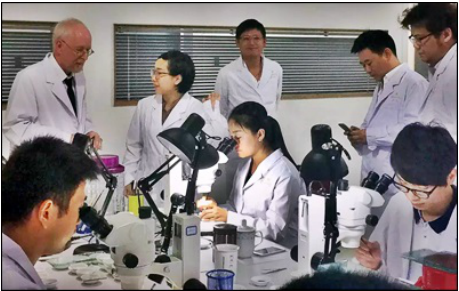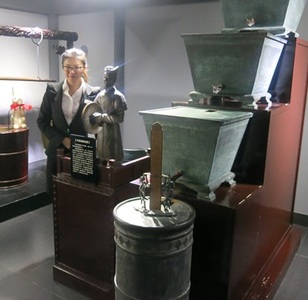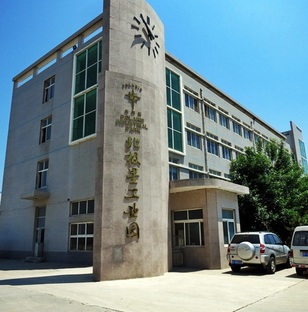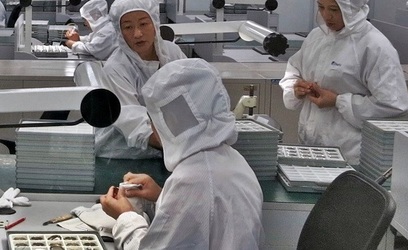AMCHPR.com - ALBERTA MUSEUM of CHINESE HOROLOGY in PEACE RIVER
A note: Google Translate (Win/Android/iOS) is useful for reading most Chinese signs, documents, menus and the like found on this site.
Disclaimer 1: All contents on this site reflect my opinions and the best of my understanding of what I've seen and information I've been presented.
I strive for accuracy but I do not speak anywhere near fluent enough Chinese, nor am I expert enough in my own right about these subjects, to vouch 100% for all content. Please inform me if you see any errors of content or understanding, I'll appreciate the help. - RDG/Curator
I strive for accuracy but I do not speak anywhere near fluent enough Chinese, nor am I expert enough in my own right about these subjects, to vouch 100% for all content. Please inform me if you see any errors of content or understanding, I'll appreciate the help. - RDG/Curator
|
The Alberta Museum of Chinese Horology in Peace River (AMCHPR.com) website began as a showcase for a personal collection of 1950s to 1980s People's Republic of China watches, also known as Vintage Chinese Mechanical watches or VCMs. The AMCHPR collection was the first large scale collection of of its type in the western world. (See the acknowledgements page for information on the pioneers, giants and friends on and about whose generous shoulders the AMCHPR has risen...)
The AMCHPR has greatly broadened its scope of inquiry since then: now not only VCMs but therange of Chinese made timekeeping devices including past, present and future mechanical and automatic clocks and watches, and (to a smaller degree) modern "smart/er" technology. |
|
Although many historians view China as the cradle of human time-keeping, with early types of Chinese time-keeping devices dating back over 4000 years, it was the introduction of modern European clock design to the Chinese Emperor's court by a Jesuit Monk, Matteo Ricci (1522-1610), that re-ignited Chinese clock building after centuries of slow progress. China's first "modern" clock-building workshops were established in the Ming Dynasty (1600) by Ji Tanran. Small workshops emerged in Guangzhou, Shanghai, Suzhou and Nanjing.
This was followed by a royal clock-making service being established in the Qing Dynasty (1723) by Emperor Yongzheng, taking Chinese clock-making to an early peak during the reign of Emperor Qianlong from 1735 to 1796. |
|
China's first industrial-scale clock-making factory, Yantai Polaris Timepiece Factory, opened in 1915 and is still currently in business, having celebrated its 100th Anniversary in the summer of 2015 (a wonderful event attended by AMCHPR curator, Ron Good, who is grateful for the hospitality).
Chinese domestic watch-making, on the other hand, only began in the early 1950s, with the earliest four factories being established in Shanghai, Tianjin, Liaoning and Beijing, all under direction from China's Ministry of Light Industry. These initial factories were quickly followed by hundreds of additional factories of various sizes during the 1960s to the mid-1970s, some of which still survive today. |
|
Many of those early watch and clock factories, though, were crippled and/or crushed by the huge changes China's (and the world's) clock and watch industry experienced during the 1960s and 70s. The many changes that occurred in China in the years before and following President Richard Nixon's visit in 1972 led to the relaxing of previously existing trade barriers. This was concurrent with the so-called "quartz revolution," which hugely impacted western watch-making countries like Switzerland, Germany and the United States, and decimated the mechanical clock and watch industry in China as well. Consequently, the mid-late 1970s and eighties were an tough time for mechanical watch and clock factories, world-wide. |
Despite these earlier setbacks, China's horological industry has rebounded and is now challenging the established leaders like Switzerland, Germany and Japan, certainly in quantity but also--increasingly--in quality.




